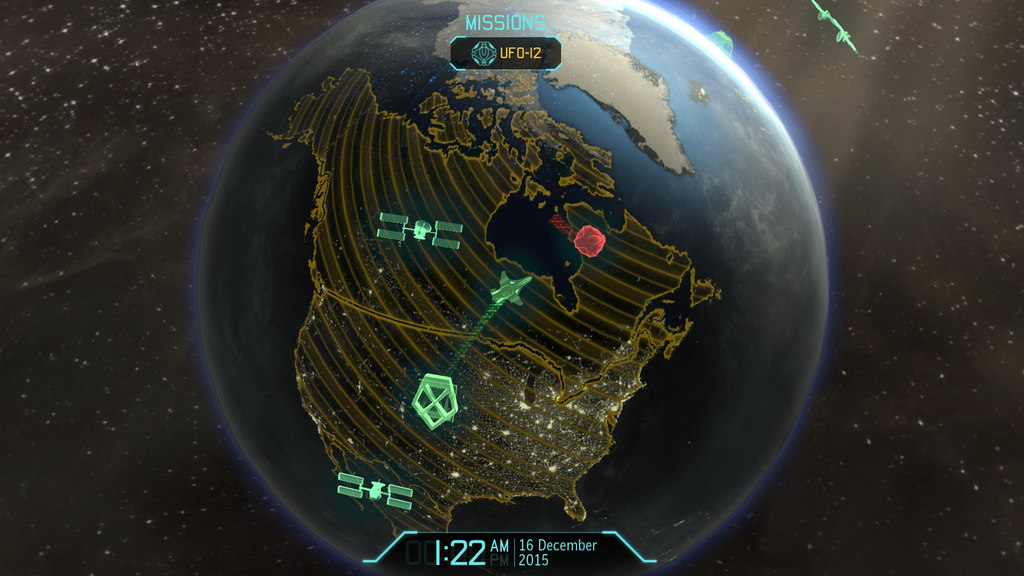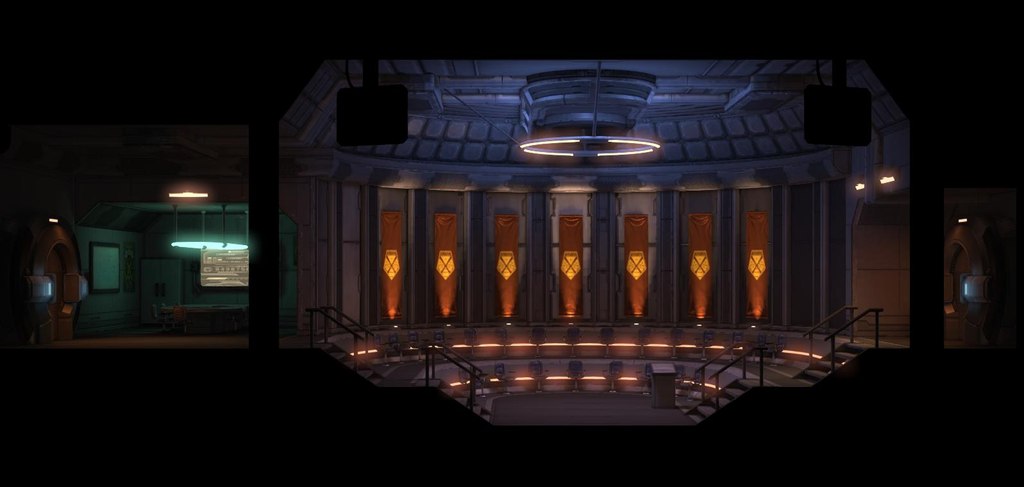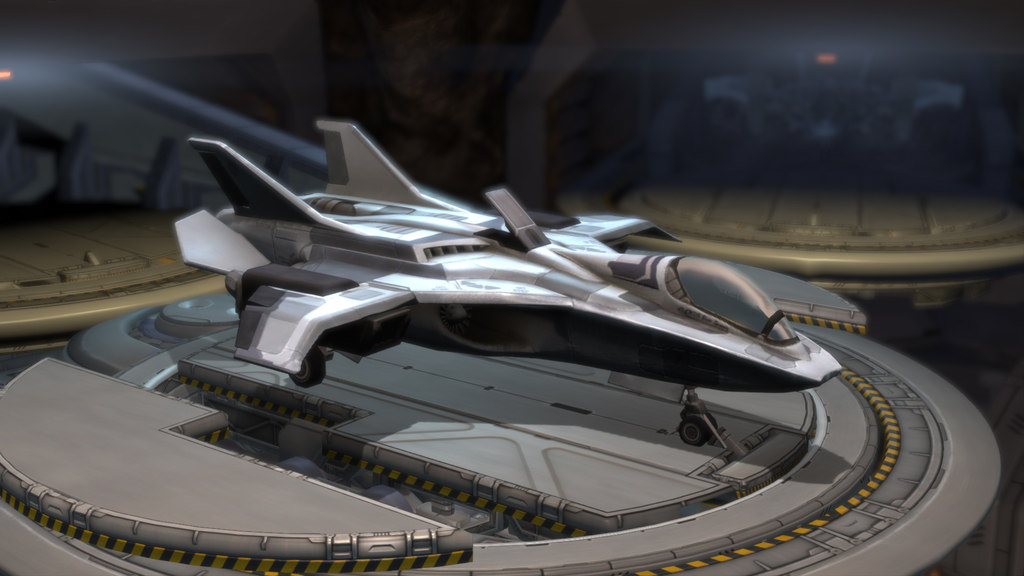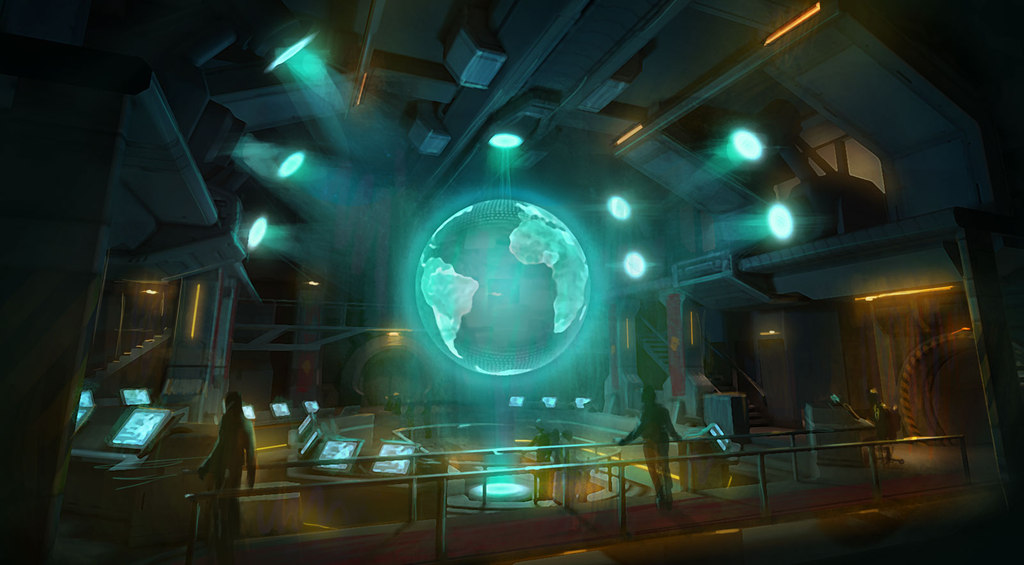XCOM: Enemy Unknown - Dissecting the Strategic Layer
Senior editor Kevin VanOrd delves into Enemy Unknown to see just how deep it goes.
What would you say to Sid Meier if you got the chance? Would you wax philosophical over Sid Meier's Civilization and Alpha Centauri? Would you ask him about the inspirations that led him to make some of PC gaming's greatest achievements? Would you genuflect?
Meier might enjoy the first two options; hero worship, however, doesn't seem to be his kind of thing. We visited Firaxis' Maryland studios last week for a top-secret look at the upcoming XCOM: Enemy Unknown, and the strategy gaming legend was humble and forthright--not a deity to be praised, but more the kind of guy you want to invite over for beers and boardgaming. That's particularly apt, given that some of the work that went into building Enemy Unknown's strategy layer involved translating it into a board game to see just how fun it was.
XCOM isn't "Sid Meier's XCOM," but he knows his game systems, and his involvement with the upcoming strategy reboot has been key. But Meier is not a one-man show, and indeed, he acknowledged during the tour that not all of his ideas were winners. Lead designer Jake Solomon and his erudite team seem pretty confident, however, that the ideas that have made it into Enemy Unknown are the right ones.
Of course, what matters most is the game itself, and we had plenty of time to play and chat about XCOM: Enemy Unknown during the visit. There's a great deal to report--aesthetics, strategy, interface, depth--but the most important takeaway from this visit is that you can play Enemy Unknown with friends and strangers over the Internet. Yes, indeed: XCOM is both a single-player and a multiplayer experience, and you can read our multiplayer breakdown right here. But it's offline where you discover most of the game's depth, and we got the most thorough look yet at Enemy Unknown's strategic flexibility.
You might know of Enemy Unknown's tactical turn-based skirmishes, but that is only part of the alien equation. The strategy layer is the other keystone of this invasion story. Your strategizing occurs at XCOM headquarters, where you make global decisions and conduct research, choosing what to build and how to upgrade your base. You view the base from a cutaway view that might remind you of an ant farm--though here, the ants are scientists interrogating captured extraterrestrials, and combatants sweating off their excess weight on treadmills. From this view, you excavate downwards and outwards, making room for more facilities, and receiving bonuses when similar facilities are built next to each other.
What are these facilities? Well, some are for resource generation. For instance, building a thermal generator over a steam vent allows you to generate power. In another facility, you can grill captured aliens for information, which not only advances the narrative, but also confers technological bonuses. (You also get the evil satisfaction of knowing that the invading SOBs never live through the interrogation process.) There are other alien facilities to build, though Solomon didn't divulge too much where this subject was concerned, as he feels it's best that players discover the surprises on their own. But he did point out that the strategy layer wasn't initially meant to be as involved as it ultimately became.
And involved it certainly seems to be. Consider the satellite system, for example. This system allows you to launch satellites from your headquarters and deploy them over certain countries around the world. Protecting those countries earns you cash--but the flip side of this is that if you make alien contact, you must engage the enemy. You must build jets to protect the satellites: once those satellites are shot down, you're blind to alien movement, and panic levels in the country you are to protect rise. But you aren't always on the defensive: you can take the fight to the aliens by intercepting their own ships, which results in five to 10 seconds of gameplay.
By the time you near the end of the game, you'll have accumulated a good deal of alien technology. But of course, you need cash, scientists, engineers, and soldiers too. UFOs provide alien elements that are also used as resources to power exotic weapons and ships. If you're in need of cash, you can sell the tech that you scrounge from the battlefield on the "gray market," but the quick cash might come at the cost of making important discoveries. The takeaway: expect a deep and challenging game that grants a great deal of room to tinker and experiment.
Firaxis may want XCOM: Enemy Unknown to be challenging, but the studio also wants it to play fair. And to that end, Solomon announced that one element from earlier games in the series hasn't made it into the newest game: namely, base invasion. Base invasion was in at one point, but the team ran into a big problem: it just wasn't fair. In Enemy Unknown you have only a single base, and thus, invasions could be a game-breaking experience. It was difficult to keep the feature and still make the game feel fair and fun to play--and the team was adamant that they shouldn't make the AI cheat. Firaxis kept base invasion for quite some time during the development process, but it became clear that it simply wasn't working.
An alien invasion story weaves its way through all the strategizing, of course, though you shouldn't expect a whole lot of aimless exposition. XCOM: Enemy Unknown co-opts its backstory--that is, it uses familiar cultural touchstones and allows players to fill in the blanks. The Firaxis team worded it better than we ever could: "Why spend untold minutes telling our own terrible story when we can use pop culture as a backstory?" And so Enemy Unknown presents familiar flying saucers and thin otherworlders with big almond-shaped eyes, the round designs and unnatural colors contrasting with the geometric human designs and architecture.
Enemy Unknown also has some of the cheesy camp feel of the previous X-COM games, though its own characters take the circumstances wholly seriously. It's hard to miss the sense of whimsy throughout, though, from heavily accented scientists to the bright color palette and broad unit animations. For more on the game's units, check out our multiplayer rundown--and of course, you needn't wait too long to try the game for yourself: XCOM: Enemy Unknown will be available on October 9, 2012, a scant two months from now. Yes, the wait might be excruciating if you're a longtime X-COM fan. Alas, it takes time to plan an alien invasion down to the last detail.
'Got a news tip or want to contact us directly? Email news@gamespot.com




Join the conversation